JIRA Scrum
Last Updated :
13 Dec, 2023
Jira Scrum is a powerful tool for teams that helps them work together with more efficiency. Jira Scrum is a mixture of two elements such as Jira and Scrum. where Jira is a popular product management tool and Scrum is a popular agile methodology. With this article, we will come to know how these two elements make teamwork easier and enhance team productivity.
What is Jira?
Jira is widely used and adaptable in the product management industry it makes working in the product management field relatively easier than compared to other tools.
- It provides a wide range of features, such as task creation, assignment, progress tracking, and reporting.
- Jira makes the foundation for implementing Scrum in the software industry.
What is Scrum?
Scrum provides flexibility to the team instead of following a fixed plan.
- Scrum helps to divide a project into small tasks which is of a period of 2-4 weeks called Sprint.
- With these small Sprints, teams start progressing toward their work and complete their project.
- Different roles such as Scrum Master and Product Owner combined to make Scrum highly adaptable for project management.
What is Jira Scrum?
Jira Scrum is about combination of Jira Project Management with Scrum Methodology.
- By this combination teams will able to use Scrum Features such as Creating and Prioritizing stories, having reviews and further planning, all in the Jira Software.
- This combination results in an effective approach to project completion by reducing unproductive tasks.
Creating Jira Scrum
Step 1: Log in to your Jira Account.

Step 2: You will be landed on the Jira Dashboard.

Step 3: Click on Create New Project.
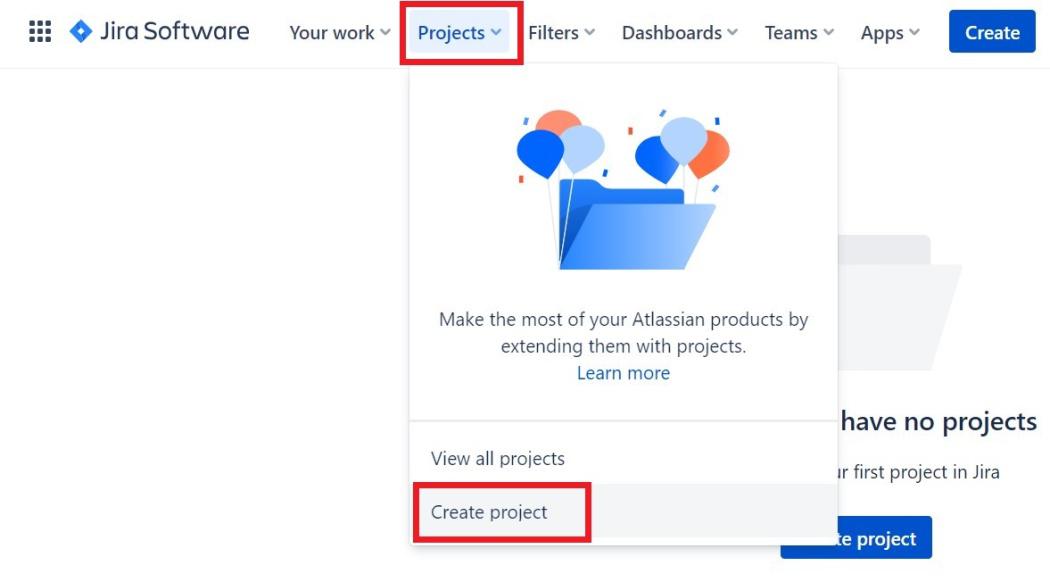
Step 4: Select Scrum Template.
.jpg)
Step 5: Select the ‘Use Template’ option.
.jpg)
Step 6: Select ‘Team Managed Project’.
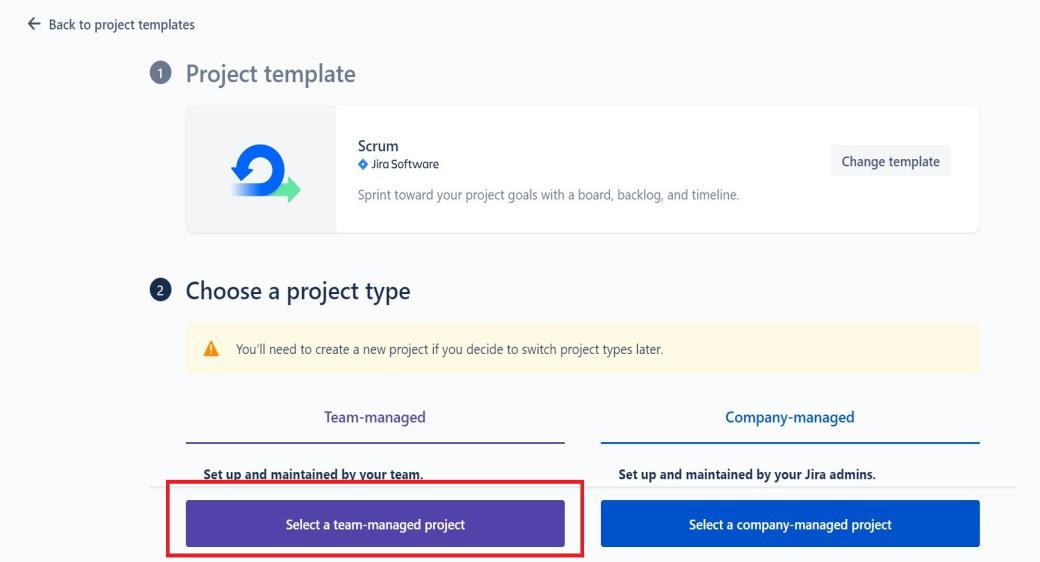
Step 7: Your Jira Scrum Board is Created.
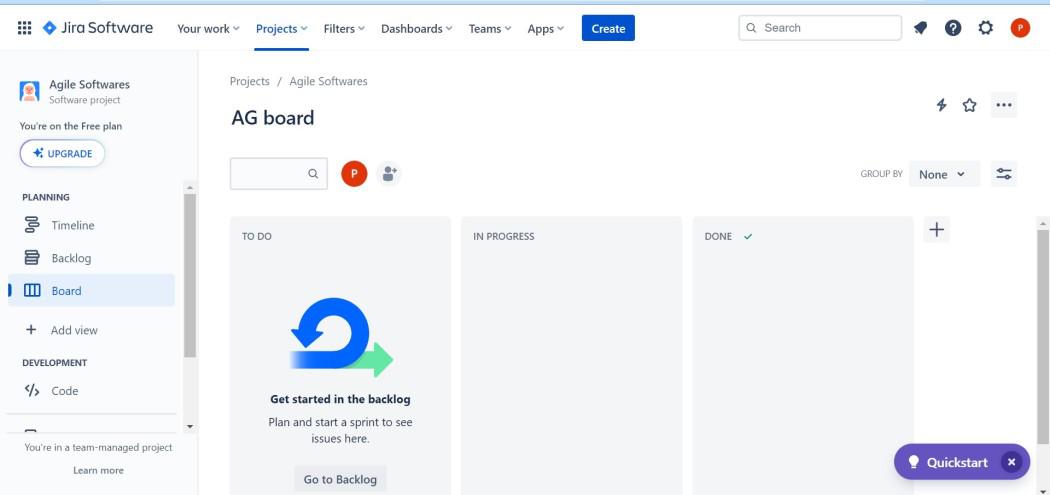
Step 8: Click on Backlog and Click on Add Dates to create Sprint.
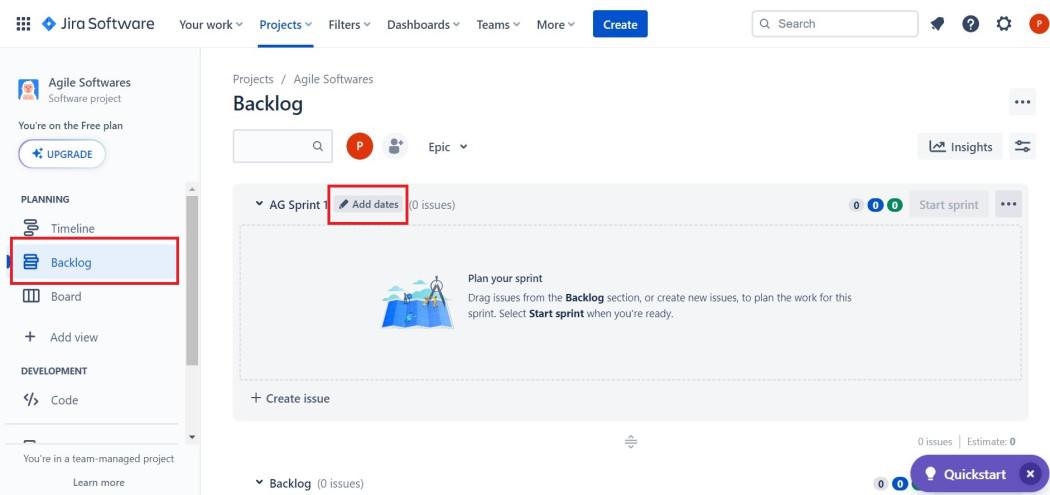
Step 9: You can edit the name of Sprint and give duration and description as per your need.

Step 10: Scroll down and click on Create New Sprint.
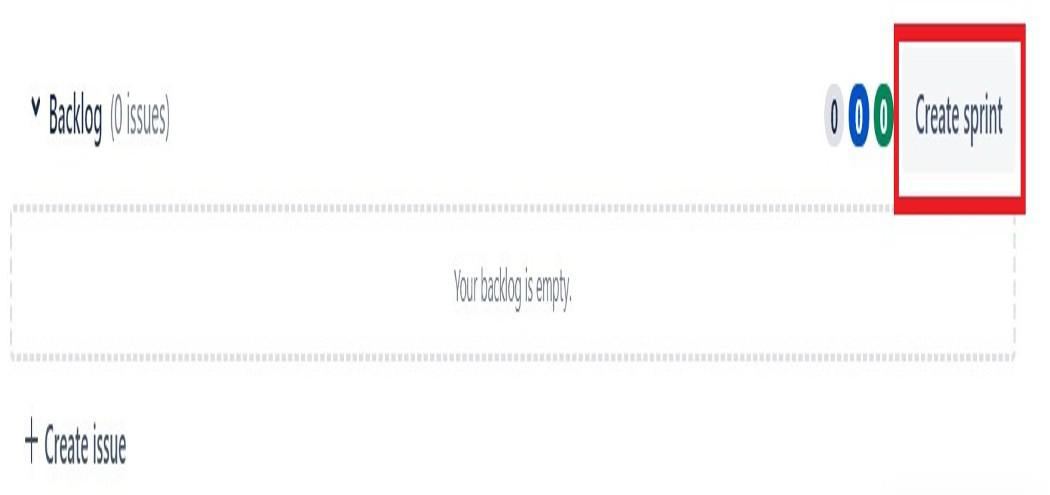
Step 11: Add some backlog.

Step 12: Create a Backlog as per your requirement or you can follow the below screenshot.

Step 13: Now drag and Drop 1st two issues to Sprint 1 and click on Start sprint.

Step 14: Give any detail if required there for demo purposes I gave some sample goals and click on ‘Start’.
.jpg)
Step 15: Now Automatically your Jira Board will open.

Step 16: For Demo Purpose, I am moving both the ‘To Do’ towards ‘Done’. and hit ‘Complete Sprint’.

This is how you can create Sprint and Complete Sprint in Jira Board you can also add and comments on the backlog work. Now, you can repeat the same step for Sprint 2 and so on.
Benefits of Jira Scrum
The combination of Jira and Scrum provides a positive impact on Product Management and Team Collaboration. Some of the benefits are written below:
- Improved Transparency: With Jira Scrum team members can view the real-time project progress and can make real-time decisions based on the situation.
- Efficient Task Management: With Jira Scrum task management becomes easier teams can prioritize tasks assign tasks and create new tasks which eventually make the process efficient.
- Enhanced Collaboration: Jira Scrum provides a better way to increase communication among the team members where they can share boards and get real-time updates.
- Adaptability: Jira Scrum is adaptable it allows to adjust to the project requirement also; Jira Scrum is widely adapted to small as well as large enterprises.
- Faster Delivery: Jira Scrum provides features to provide large projects in small cycles which helps in maintaining the focus on completing the work and helps the team to motivate with small rewards.
- Higher Productivity: Jira Scrum helps in reducing the overhead hence the team can perform with less pressure and can give their best in their work which leads to increased productivity.
- Better Quality: Scrum helps in delivering high-quality products as a team can easily track issues and resolve bugs which makes the product quality better.
- Clear Prioritization: Tasks are assigned to the team members easily and also help the team to address the most important task first. Which ensures a low backlog in development.
- Data-Driven Insights: Jira has detailed reporting and analysis features that allow the team to make more data-driven decisions which results in product improvement.
- Global Accessibility: Based on the different options in Jira it enables the team members to access the project anywhere from the world. hence it helps in reducing the Geographical barrier for developing the project.
Best practices for Jira Scrum
For Maximum Benefit from Jira Scrum, involves the set of best practices that help in Project success and development process. Some of the best practices of Jira Scrum are mentioned below:
- Begin with a Clear Understanding of Scrum: Make sure that all the team members have a good understanding of the Jira Scrum which will help them to understand the meaning of the terms associated with it.
- Define Roles and Responsibilities: Define the clear responsibilities of the team members and make sure that everyone is aware of their responsibilities.
- Prioritize the Product Backlog: Keep the important task at the top and assign the desired person for that task getting in communication with the senior member if required.
- Plan Sprints Thoroughly: Make sure the Sprints are planned well defined and do not overlap with the other sprints and remove the redundant work if there is any.
- Use Scrum Boards Effectively: Make sure that the team can use Scrum efficiently and utilize the boards to visualize the work process.
- Conduct Daily Stand-Up Meetings: Hold the meeting and take/give updates about the project progress and discuss the bottlenecks anyone is facing. Also, cheer up the team for the work.
- Foster Collaboration: Make quick communication among the team members and help each other to resolve quick issues and make everyone engaged.
- Embrace Continuous Improvement: Use feedback and updates for continuous improvement of the work such as what went well and what could be improved.
- Use Jira’s Reporting and Analytics: Use Jira features such as Reports and analytics for project progress and make decisions based on the data or relevant reports.
- Automate Repetitive Tasks: Automate the repetitive and manual work that will increase efficiency and reduce human error. Also, it will help team members to engage in new tasks.
Conclusion
In conclusion, Jira Scrum is a helping hand for organizing and managing work. Following the best practices like setting priorities, clear planning, and working together, will help the members to achieve goals and deliver products faster with a good impression in front of the client. Always remember it is not only about tools, but it is also how you use those tools. Happy Scrumming!
Share your thoughts in the comments
Please Login to comment...